Last year marked my 5th consecutive start and finish in a race that speaks to my heart. As a mid to back of the pack runner, I’ve managed to cull together some lessons learned. A “how-to finish” when you’re not a speed demon. Because let’s be honest - ANY AdventureCorps event is going to be tough, but this one presents some unique challenges that don’t exist in other races and it’s important to realize what they are and how they will affect you and your team. Remember, what makes this race is the fact that it’s no longer “your” race - it’s "your team’s” race. You are only part of the equation and the team can only move forward at the speed of the slowest runner. Having said that, here’s some things I’ve learned over the years that have gotten me to the finish every year.
I hope this helps others thinking about this race and starting to plan for it. It’s truly a remarkable race, one that I hope to keep running for many more years. Just take in the unique experience BW Salton Sea offers. There is literally no other race quite like this one. The memories you make will stay with you for many years to come. If you run it smart, you’ll make it to the finish line. Best of luck and enjoy your time out there.
- Choose your teammates well. Notice I didn’t say “wisely” or “intelligently”. It’s because all the intelligence and wisdom in the world won’t help you when you or one of your teammates starts to have issues. I have run on a two-person female team, a two-person mixed team and two different 3 person mixed teams. My teammates were from all walks (and runs) of life. Some were in better shape than others (present company included!) The thing is, people are fluid and we all have good and bad days, regardless of our fitness level so the best thing you can do is to choose teammates who:
- Are flexible and patient. When you get sick or have problems, you need teammates who are understanding enough to accommodate your issues. Same goes for YOU. YOU have to be this person at times.
- Are about the same as you, running-wise. No one wins if one person can pound out 6 minute miles and another needs at least 12 minutes. If your faster person says “It’s ok, I’ll just go slow too” don’t believe them. It’s just as hard to speed up if you’re a slower person as it is to slow down if you're a faster runner. You don’t have to be identical, but you both (or all 3 of you) should be somewhat equitable in terms of running styles and speeds. This includes your philosophy on walk-run. This race is very runnable for long stretches so make sure everyone is on the same page when it comes to walk breaks and run lengths.
- Have the same race goals. If you want to just finish and someone else wants to win, you’re going to have issues. This is really important, especially late in this race when you may need far more time to ascend Palomar than you expected. Every year, I have miscalculated the pace up Palomar. Thankfully, my team and I were ok with shifting race goals during the course of the race but never did we differ between ourselves.
- Choose your crew well. Same goes for your crew as for your teammates, because you will not finish if your crew isn’t solely there to help you get up Palomar. If you’re using this race as a dry run for Badwater, make sure you still know your crew well enough before starting. I HIGHLY recommend one crew member per runner. A one-person crew isn’t even an option due to the duration of this race and 2 people crewing 3 runners works until it doesn’t. The reason I say this is because there’s a decent chance at least one runner on your team may have issues. When/if that happens, someone needs to be caring for that runner. That removes a crew member. If there’s only 2 crewing then you’re now effectively down to a one person crew. And if a runner drops out, do not expect that runner to suddenly turn into crew. They’re dropping because they’re likely not doing well, physically. They will need to ride in the vehicle and someone will need to keep an eye on them.
- Show up to run 100 miles. Yes, you get to skip that last 19 but this race runs like a 100 miler. If you think “I can probably be ok with training for a 50 miler and winging the last 50k” you probably won’t finish. Some of the best athletes (and BW135 finishers) out there have DNFed at Salton Sea. It’s not a race to be trifled with!
- Show up to run a race in every season. In 2014 it got to 106 during the day. That night, it was sleeting and temps hovered around 30 degrees. One of the things that will wear you out is all the dry heat exertion during the day when you’re still feeling pretty fresh and then switching, seemingly instantly, to howling winds and moisture. This is right after you’ve just climbed one of the gnarliest trail sections. It will beat you up way more than you anticipate. Of the 5 years I’ve run, one had decent day-time temps and a different one had decent nighttime temps. The other 80% of the time, it was Mother Nature unleashing her fury. This year we had 25-40 MPH winds for 14+ hours. That is a LONG time to battle so much resistance. It was evident in the number of drops because temperature-wise, it was not a brutally hot year. So bring ALL THE CLOTHES. Don’t forget your buffs, your gloves, sunglasses (esp. if you wear contacts) and windbreakers and pants. You’re gonna need them.
- Show up to run 3 races. There’s a 40 miler in the heat on pavement. Then there’s a 9 miler on steep rocky trail. Finally there’s a 50k in the cold. Using these as “goals” was a great way to mentally keep pushing forward but to also feel some sense of accomplishment. If you’re on the fence in terms of how you feel, try to get to one of these “finish lines” before deciding to drop. Granted, you cannot easily drop mid-trail, if you can just make it OFF the trail and take a few moments to regroup, eat and change clothes in your crew vehicle after the trail section ends, you may be able to go back off and start the 50k portion.
- Limit your breaks. It’s super easy to get into the mindset of having the crew vehicle stop every 2 miles. Unless someone’s suffering, stop 3 miles instead of 2. If your average stop time is 5-10 minutes over 81 miles, the difference is 27 stops at 3 miles vs 40 stops at 2 miles. That’s a difference of 13 stops which, at 5-10 minutes each, is 1-2 hours of additional time, JUST IN STOPS. The best solution has been to start thinking about what you want at the NEXT stop right as you're walking up to your crew vehicle. Pretend it’s mile 12. I’m grabbing the drink I asked for at mile 9, plus the food. I am spraying sunblock on, I’m handing off my bottle, I'm grabbing my new, full one, I’m swapping ice bandanas and I’m taking my food and we are walking. Not every stop needs “stop” time. If you need something specific or you have to pee, do it, but when you’re just swapping bottles and grabbing food, do that and move on. Save your stop time for when you really need it (like when you come off the trail section)
- Time your paces. What’s worked really well for me (again, not a front-runner but a solid finisher every year) is to:
- Run the first two hours. Try not to take too many walk breaks the first 2 hours. This is the fastest you’ll be all day because it’s still *relatively* mild, the sun isn’t yet up and you’re fresh. This is a time to do *some* smart banking. I said “smart” here - do NOT speed off, hoping to get in 15 miles in 2 hours. You will regret that. You should be moving at a pace that you can chat at, but if you’re out of breath, SLOW DOWN. It’s still likely warm, it’s very dry and you can overdo it early if you’re not paying attention. Talk to each other, take in liquids and salt/electrolytes.
- Walk every uphill. Some will be long and very slight in terms of incline. WALK IT ANYWAY. You may add a few minutes but if you push too hard between miles 7 and 40, you’re done. Simple as that. My teammates would joke that I could find a hill on any flat but you will have many opportunities to run later. There are a lot of “coasting” downhills and steeper downhills. If it looks like it might be an uphill, it is. Walk it. Make sure you walk with some purpose, but walk it.
- Hike the trail. It’s gonna take you a while, regardless of how fast you do (or do not) run. Accept this. Settle in to it and hike this. If you attempt to rush, you run the risk of exertion and running into cacti. There’s a lot on that trail and sloppiness will net you some painful pricks (even through clothing) So make sure you take calories with you and just expect to go slow. It will feel like it’s never going to end. You’re going to have to work hard going almost all uphill the first 4 miles or so. Then it sort of undulates up and down a while. Sometimes it’s runnable, sometimes it’s not. Watch your footing around miles 6-7 b/c there will be downhills you may want to run but it’s silty-sand that you can slide or fall on. Miles 8-9 seem to meander on and on, and you’ll see the road about a mile before you can access it. You’ll wander around and then suddenly BOOOOOOM! The trail just ends and you’ll be on the road and eternal happiness will wash over you. Just don’t give up.
- Run the downhill once you’re back on the road. You’re going to have a TON of uphill later so where possible, run. The downhills will last a few miles and it’ll be cooler. There won’t be much in the way of opportunities to run once you get to Lake Henshaw so take advantage of the nice, sweet downhills. Oh and whatever you do, DO NOT FORGET TO STOP AND GET A NIGHT PHOTO WITH RANCHETTI. If you don’t, the race gods will be upset and you’ll run the risk of bad juju. And honestly, when will you ever get a chance to take a nighttime photo in all your gear, probably shivering, with such a bad-ass statue? I hear it makes for great Tindr photos. So just do it.
- Bring your patience your humor and hike. After Lake Henshaw it’s time to finish this off. You’re probably tired of your team by now but guess what? They’re tired of you too. You may have someone who’s especially exhausted or not feeling well. Give them what they need in terms of communication and “mental space" - talking, no talking, singing, whatever it is. Just be mindful of everyone’s needs. At this point, you’ve been together longer than most pacing gigs. So go the speed that works for the slowest person and when they get a second wind (which they likely will) then switch it up. But make sure you’re still moving with purpose. Pushing each other is fine but don’t over-push. By now everyone’s cranky, everyone’s tired and you’re going straight up a mountain. Don’t be surprised to be in the 2MPH category and don’t get upset if it takes you 5, 6, 7 hours to get up Palomar. It’s ok, you’re almost done and if you’ve been smart so far, you’ve got enough time to finish.
- Run the finish line. Even if it’s a hobble up the (new this year) steps. Last little burst of speed is worth the finish line photo. You did it!
- Reward EVERYONE. One year my teammate dropped and it was just me finishing. He had to stay in the crew van the second half of the race and he had to be at the finish line when I was celebrating. It’s not easy to drop but it was the best choice for him. He still got in my photo because we were a team at the start, even if not running to the finish. This is NOT a race for a prima-donna. This is about making it work as a group. Remember that. If you do this race more than once, you may be that “weaker link” at some point. In at least two of the five years I’ve run it, I was the slower person, the person with issues, the one that the others had to deal with. I try to keep that in mind if I start thinking “I could go faster if only this person wasn’t on my team” This is why #1 above is so important.
- Have fun. You paid for this weekend. And if you’re like me, coming from the east coast, you paid a lot for this weekend. I managed to slip this race in between multiple orthopedic surgeries in 2017. I will never forget the moment I finished (in a LOT of pain) because I had worked SO HARD to get to the start line. Be grateful. Be humble. Hug each other. Smile. Laugh and tell jokes. When the lows come, and they will, let them. Then try to push them out of your mind and enjoy the fact that hopefully, you still have your team with you and you can bounce that positive energy off each other.
I hope this helps others thinking about this race and starting to plan for it. It’s truly a remarkable race, one that I hope to keep running for many more years. Just take in the unique experience BW Salton Sea offers. There is literally no other race quite like this one. The memories you make will stay with you for many years to come. If you run it smart, you’ll make it to the finish line. Best of luck and enjoy your time out there.



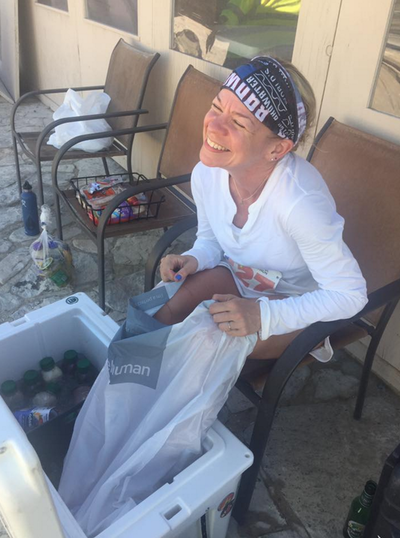















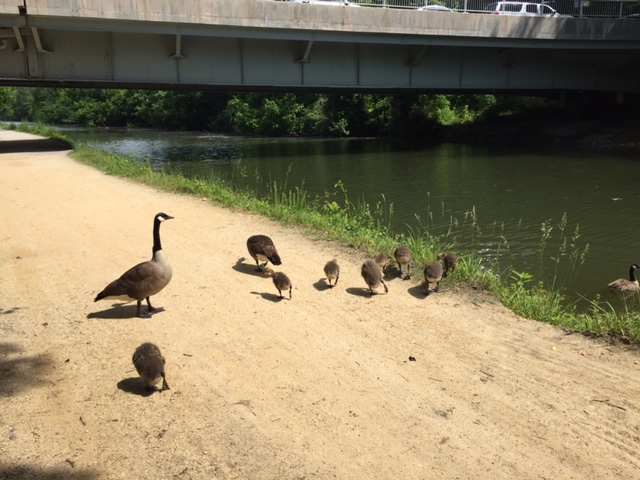









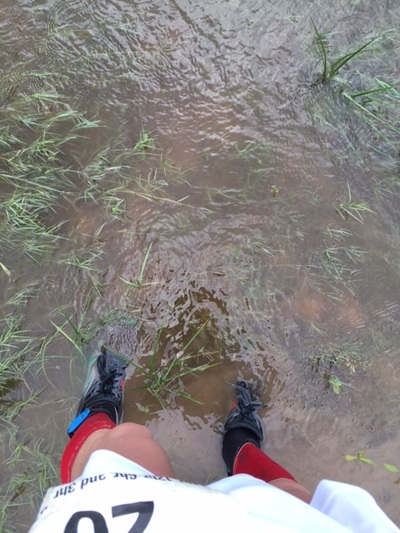

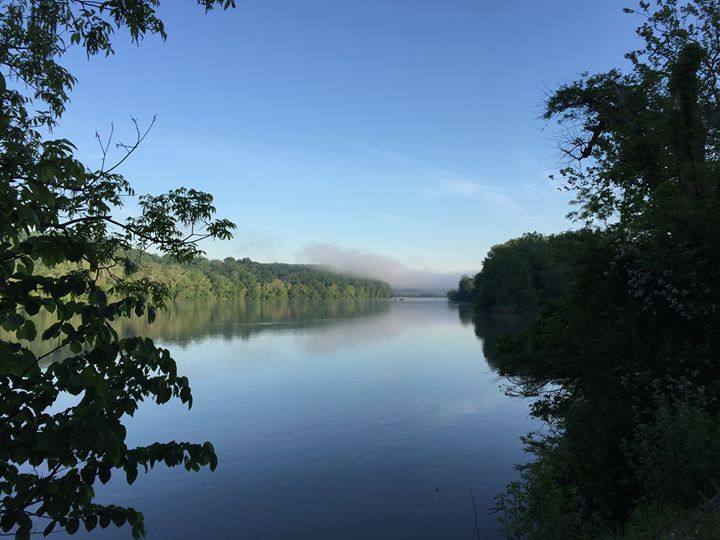





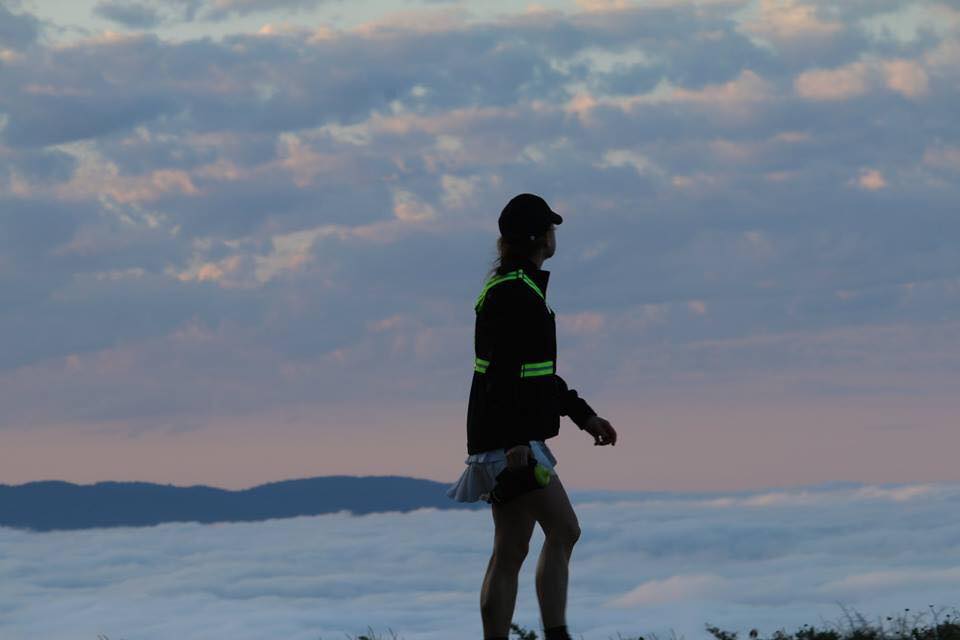



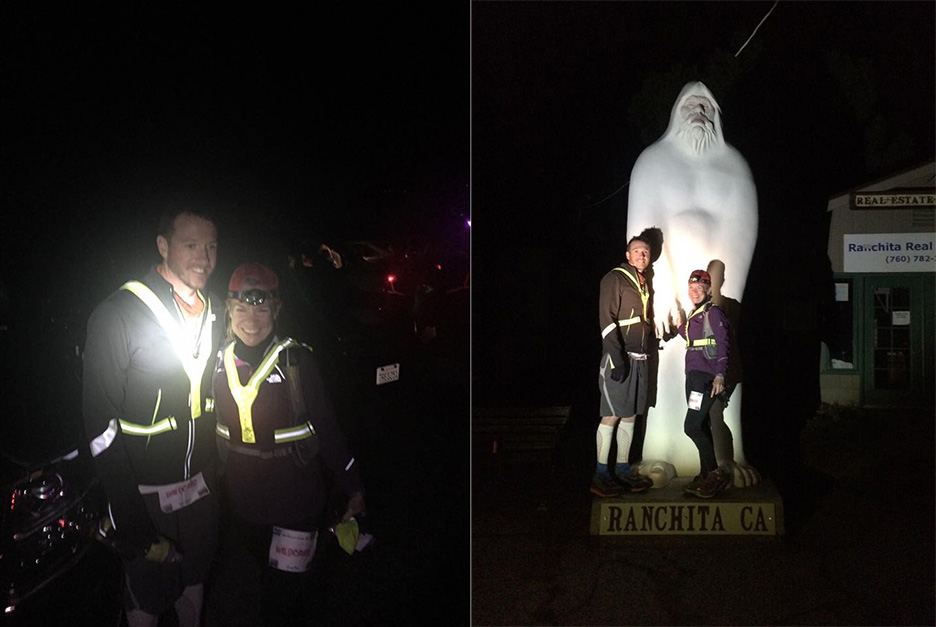
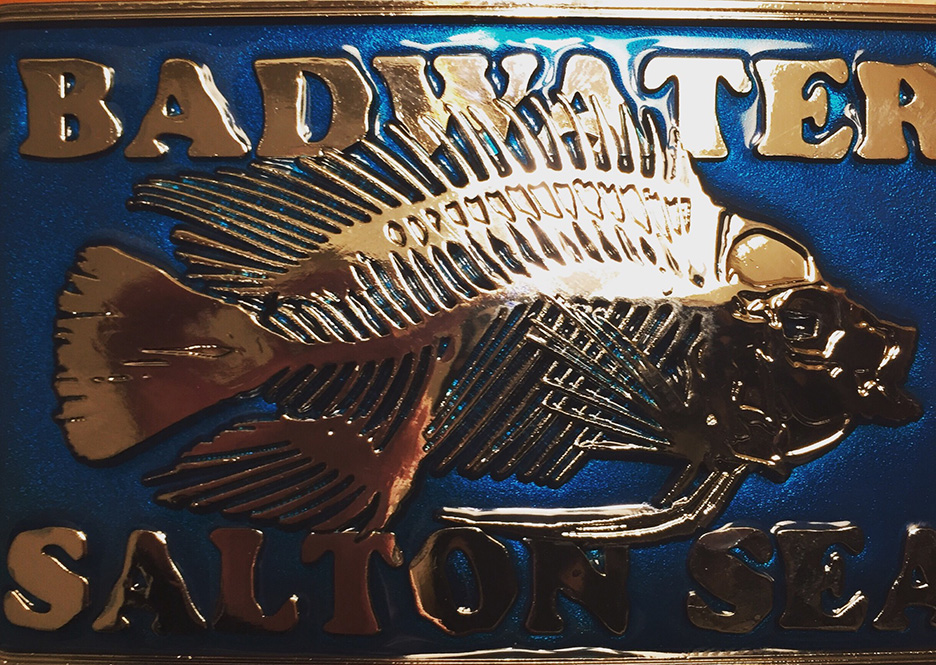

 RSS Feed
RSS Feed